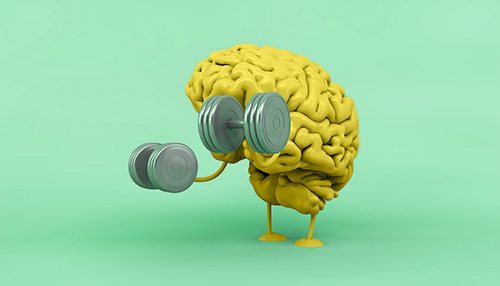Cognitive Behavioural Therapy
What Therapy Is and Isn’t- The Process:
 Therapy is the remediation of psychological problems for a healthy mind and body. It is a process in which client and therapist work together to understand problems and provide you with the ability to heal and become a healthier individual.
Therapy is the remediation of psychological problems for a healthy mind and body. It is a process in which client and therapist work together to understand problems and provide you with the ability to heal and become a healthier individual.
Therapy is not a place to find a quick-fix. It is a space where you learn how to heal yourself by investing in the process. The goal is not to get rid of all your problems, but to know how to cope with them once they arise again.
The road to healing is like an Indian one- patches of smoothness on which you can drive at ease, and multiple potholes for you to sink into. The point of therapy is not to ‘fix’ every pothole or to even avoid them; it is to give you the tools to know what to do when another bump arrives.
Therapy is not where you get advice, but where you find how to help yourself, replenish your coping resources, and find a safe space to heal.
What is CBT?
Cognitive Behavioural Therapy is a type of treatment for mental health that focuses on challenging cognitive distortions, or problems in our thoughts, and changing our behaviour to develop personal coping strategies. It helps to identify and change disturbing or disruptive thought patterns that have an undesirable influence on our behaviour and emotions.
 This technique focuses on changing automatic negative thoughts (ANT’s) that may contribute to depression, anxiety, and worsen emotional problems. CBT enables you to identify, challenge, and replace these automatic and disruptive thought patterns with more realistic and healthy processes.
This technique focuses on changing automatic negative thoughts (ANT’s) that may contribute to depression, anxiety, and worsen emotional problems. CBT enables you to identify, challenge, and replace these automatic and disruptive thought patterns with more realistic and healthy processes.
The aim is not to remove all negative thoughts- only the unhealthy ones, and convert them into healthy negative thoughts that will help you. The problem is not having a negative thought, but believing it to be true.
CBT is a combination of research and clinical practice, and has proved to be effective for depression, substance abuse, anxiety disorders, marital or relationship problems, eating disorders, and other mental illnesses. It is designed to bring about change in the individual’s thought, behaviour, and emotions.
This can be done by:
- Learning to recognize distortions in your thinking that are creating the problem
- Identifying the unhealthy negative thought and changing it to a healthier one
- Using problem-solving skills to cope with situations
- Developing more confidence in your coping abilities
- Facing your fears, not avoiding them
- Setting goals for yourself
Benefits:
- It enables you to change your thought patterns into healthy and more helpful ones by becoming aware of the negative distortions and unrealistic thoughts
- It helps you to develop coping skills that will be useful both, in the present and the future
- It is effective for a variety of maladaptive behaviours
- In terms of treatment, the benefits and change can be observed in shorter period than other techniques
- It is the most researched type of therapy, with specific goal-setting and results that can be easily measured


Client Testimonials
